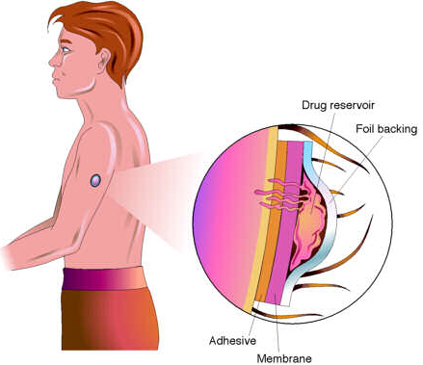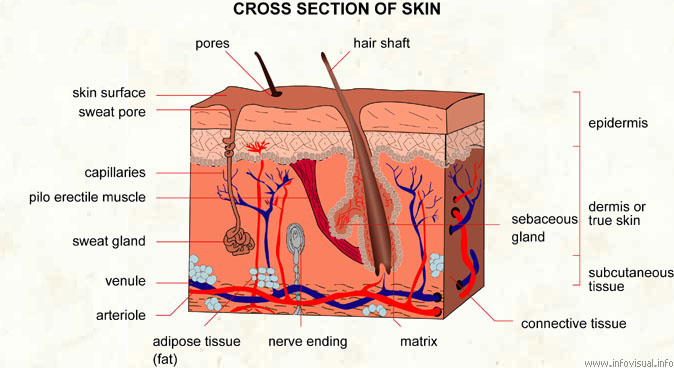Transdermal Drug Delivery - Iontophoresis and Phonophoresis
Overview and Indications
Transcutaneous drug delivery simply means that medication is delivered through the skin with substances and/or technology that enhances drug transport
In physical therapy, there are two primary interventions that may be used for transdermal drug delivery: Iontophoresis and phonophoresis.
Benefits are that medication is delivered locally without the secondary trauma of an injection; transdermal drug delivery through Iontophoresis and phonophoresis can assist with:
- decreasing inflammation
- decreasing pain
- decreasing size of calcium deposits in soft tissue
- promote wound healing
- decrease edema
Recall from anatomy and physiology course work that our skin (integument) is the largest organ in the body and our first layer of defense against our environment
Here is a quick video from Christina about general transdermal concepts (Approximately 5 minutes)
Bioelectrical Properties of Skin
Some medications applied to the skin diffuse through the skin simply based on the charge gradient.
This type of ion transport occurs through passive diffusion. No additional energy is needed for the medication to move into and through the skin.
The surface of the skin has a resting negative charge and is consider acidic (pH of skin is around 4.7); therefore medications applied via a patch or cream that have a pH that is higher than 4.7, can penetrate the skin using diffusion. Diffusion of ions and ion transport is passive transport as the system seeks pH balance.
Smoking cessation treatment through the use of nicotine patches, and transdermal hormone replacement therapy uses passive transport to deliver medications. Patches will have moist membranes that decrease skin impedence.
Patch qualities allow the medication to diffuse into the capillary beds under the top layers of skin.
The image below provides an example of a patch that is delivering medication transdermally (through the skin) by passive transport. The drug is in the top layer of the patch and can move into the skin through the membrane that reduces the impedence of the skin underneath the patch.



